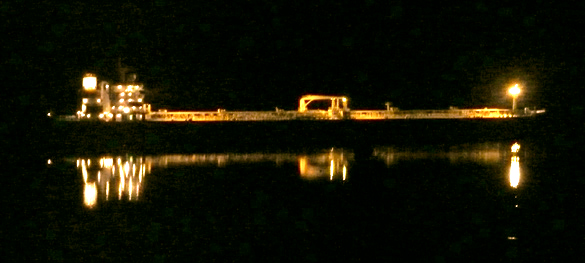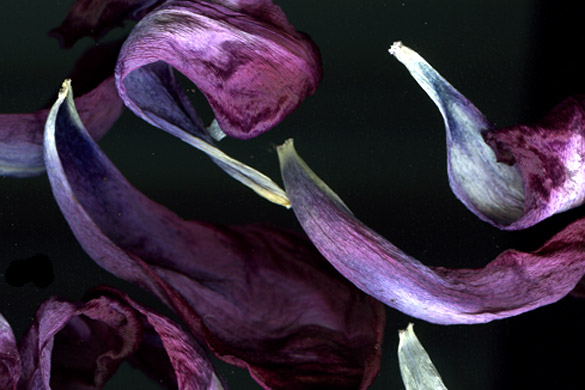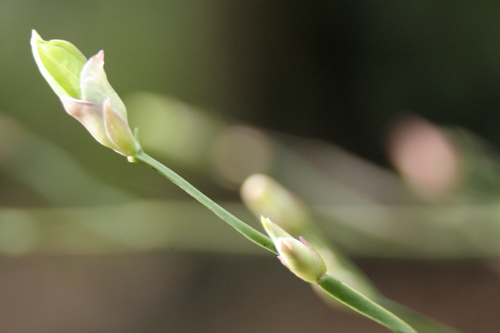in winter sun
 <
<



In our neighbourhood near sea level, most of Friday night’s snow has melted. Lots of brilliant white snow lies low down on the mountains. It’s cold and a bit windy, hovering around freezing this afternoon as I go about storing some pots and garden supplies into the shed. I was drawn to the all too few spots touched by the low afternoon sun of winter, on the cotoneaster clinging to the cypress and the faded hydrangea flowers by the back fence. In the lawn now in shade I notice a mushroom. My gloved fingers soon feel frozen and I decide to return indoors to pot up the few cuttings I had nipped in my wanderings.
This evening it’s clear with a brilliant full moon lighting up the sea and snowy mountains. They say tonight will be even colder at -7c (19 F).


















